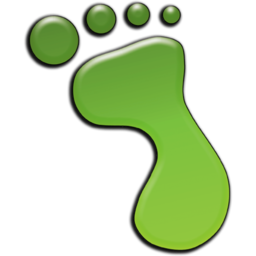

Secondly, the environment is designed to illustrate and emphasize important abstractions and concepts of object-oriented programming. Pedagogically, the design is based on constructivist and apprenticeship approaches. The environment is highly interactive and encourages exploration and experimentation. Greenfoot aims to motivate learners quickly by providing easy access to animated graphics, sound and interaction. All standard Java libraries can be used as well, and sophisticated functionality can be achieved.

Greenfoot offers API methods for a range of common tasks, such as animation, sound, randomisation, and image manipulation. Programming a scenario, therefore, consists mainly of implementing act methods for the scenario's actors. An instance of the world subclass is automatically created by the environment.Įxecution in Greenfoot consists of a built-in main loop that repeatedly invokes each actor's act method. Actor subclasses are objects that can exist and act in the world. An instance of the world subclass represents the world in which Greenfoot execution will occur. Programming in Greenfoot at its most basic consists of subclassing two built-in classes, World and Actor. Greenfoot offers methods to easily program these actors, including method for movement, rotation, changes of appearance, collision detection, etc. The world and actors are represented by Java objects and defined by Java classes. The Greenfoot programming model consists of a World class (represented by a rectangular screen area) and any number of actor objects that are present in the world and can be programmed to act independently. Its most notable difference is the use of a frame-based editor.Īctor a = getOneIntersectingObject ( Asteroid. Stride is intended to make programming easier for novices, support younger users, and facilitate the transition from block-based languages. In 2017, Greenfoot was extended to support a second programming language, Stride (in addition to Java). In August 2009, a textbook was published that teaches programming with Greenfoot.
#Greenfoot pdf free#
In March 2009, Greenfoot project became free and open source software, and licensed under GPL-2.0-or-later with the Classpath exception. In May 2007, the Greenfoot project was awarded the "Duke's Choice Award" in the category "Java Technology in Education", and in 2010 it won the "Premier Award for Excellence in Engineering Education Courseware".
#Greenfoot pdf full#
The first full release, Greenfoot version 1.0, was published on, with further releases following occasionally thereafter. Greenfoot is being developed and maintained at King's College London, where the development team moved from the University of Kent. From 2005 development was continued involving the other members of the BlueJ Group.

The Greenfoot project was initiated by Michael Kölling in 2003, and a first prototype was built by Poul Henriksen ( master's student) and Michael Kölling ( supervisor) in 2003/2004. Greenfoot is available for Windows, macOS, Linux, Solaris, and any recent JVM. It is free software, released under the GPL license. Greenfoot is being developed and maintained at King's College London, with support from Oracle. It allows easy development of two-dimensional graphical applications, such as simulations and interactive games. Greenfoot is an integrated development environment using Java or Stride designed primarily for educational purposes at the high school and undergraduate level. GPL-2.0-or-later with the Classpath exception


 0 kommentar(er)
0 kommentar(er)
